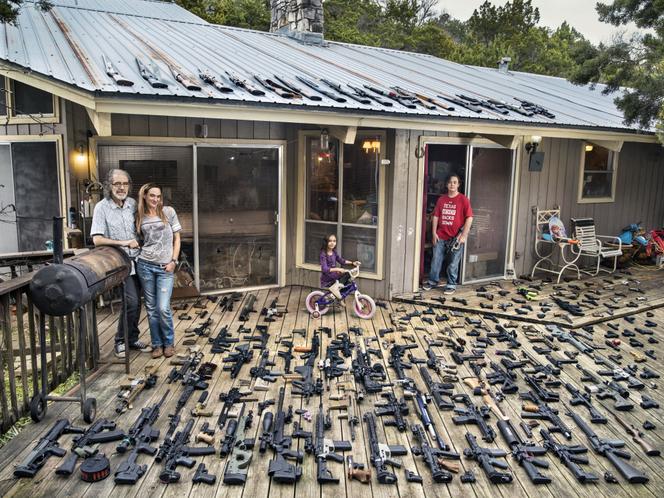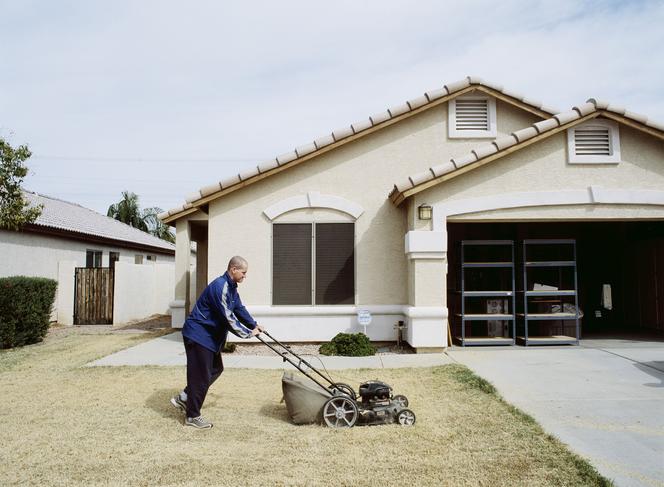


The catalog home, the lawnmower, the refrigerator with built-in ice maker, the barbecue, the garage... How did the American suburban home come into existence? How did these elements become standards? How did they shape a way of life? How did they redefine the American Dream? And how did they change the face of the world?
Presented at Barcelona's Contemporary Culture Center (CCCB) until September 8, the exhibition "Suburbia: The Construction of the American Dream" spins these questions into a playful scenography that delves into the whole field of culture: from literature to architecture, cinema to design, photography to urban planning and contemporary art... In the same breath, it embraces the proliferating nature of the phenomenon, the alienating effects it produces on a social level, and the explosive, limitless imagination it fuels, providing a measure of a subject whose triviality is only apparent.
Because everyone knows American suburbia. The White, nuclear family, the father who drives to work in the city, the mother who stays home alone after spreading peanut butter on sandwiches for the kids... The image is glued to the retinas of anyone who grew up near a television. This false normalcy, the tension it covers between the familiar and the strange, between the dream of the warm home and the nightmare of standardized life, has colonized the minds of those in even the most remote areas of the planet. What is less well known is its history, and the conditions that saw it impose itself as the dominant model.
Philipp Engel, a literary critic, film critic and author of a thesis on Bret Easton Ellis, the exhibition's curator, draws on a vast corpus of works, some famous, others much less so, to offer a tasty reading of his subject, at once panoramic and highly personal. We recognize some things while discovering others. We also find gaps where we can slip in our own points of reference. The interest of the exhibition lies in the vast spectrum it embraces, both historically (from the mid-19th century to the present day) and culturally (cinema, literature, photography, television, architecture, sociology, philosophy...), and in the new connections it creates.

The CCCB's aim is to offer exhibitions that appeal to the widest possible audience, without compromising on intellectual standards. "The city is the subject," said Judit Carrera, the director of the institution located in the heart of Barcelona's impoverished port district. "The city as a central concept of modernity. The perception is no longer the same as when the center was created, 30 years ago, when we were in the midst of the 1992 Olympic Games. Today, the European city is the focus of criticism. It's up to us to re-enchant it."
You have 58.69% of this article left to read. The rest is for subscribers only.
